
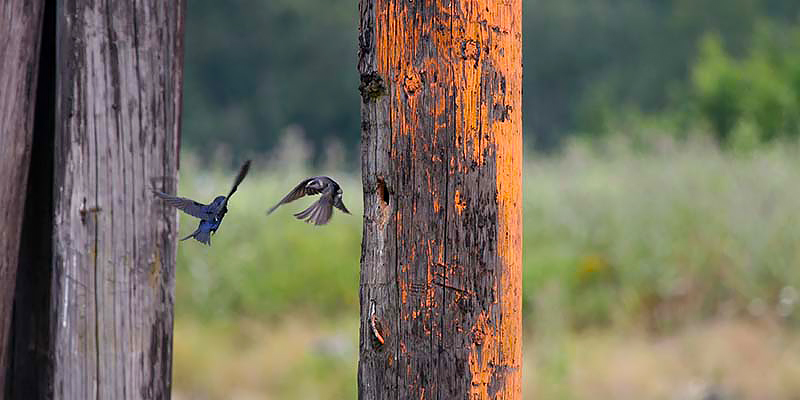 Photos and captions by Gabby Casentini '21
Photos and captions by Gabby Casentini '21
Gabby Casentini was among the team of researchers observing the behaviors of the Purple Martin colony (pictured above) on University of Portland’s Franz River Campus. A biology and Spanish double major, Casentini enjoyed observing and creating habitat for this vulnerable species because she’s aiming to make a career as a wildlife veterinarian.
Before and after logging in her Purple Martin notes, she took out her own camera and photographed some of the other birds that frequent the campus shoreline, brush, and sky. A huge range of bird species, right in our own backyard. We thought we’d take this opportunity to share with you some of the Franz River Campus birds, as seen thought Gabby Casentini’s eyes.
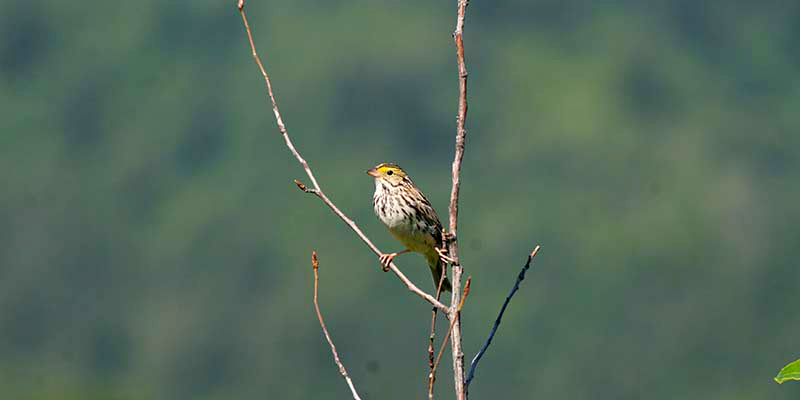
Characterized by its yellow eyebrow, the Savannah Sparrow is a small but very active bird. They nest on the ground in tall grassy areas, although they are always flitting about collecting bugs to feed their chicks. It is for birds like these that we should be careful to walk only on trails when in natural areas, because often you don't know whether you're stepping on grass or stepping on a sparrow nest. There were a few pairs nesting down on the Franz River Campus this year, and their sweet and short song makes for a lovely summer soundtrack.
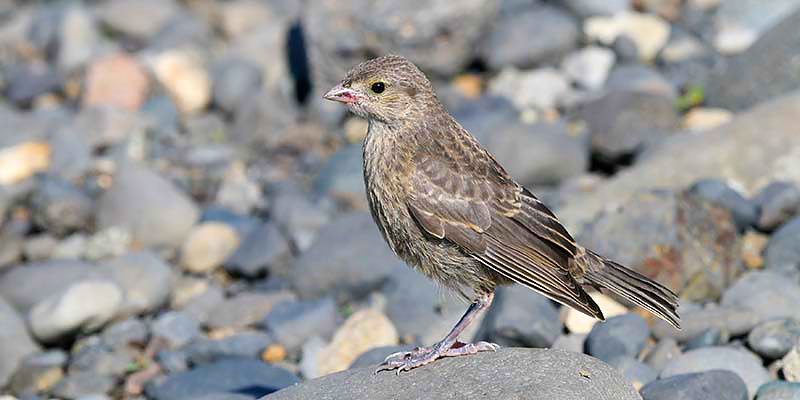
This bird was a very brave one; completely unafraid of approaching the large human sitting by the water. She actually jumped on my backpack at one point out of curiosity. She is a female House Finch, as seen by her lack of red plumage. Though she is much more drab than her male counterpart, her bland coloration helps her stay hidden during nesting season. If you look closely, you can see the remnants of her last meal on her beak, most likely some type of berry.
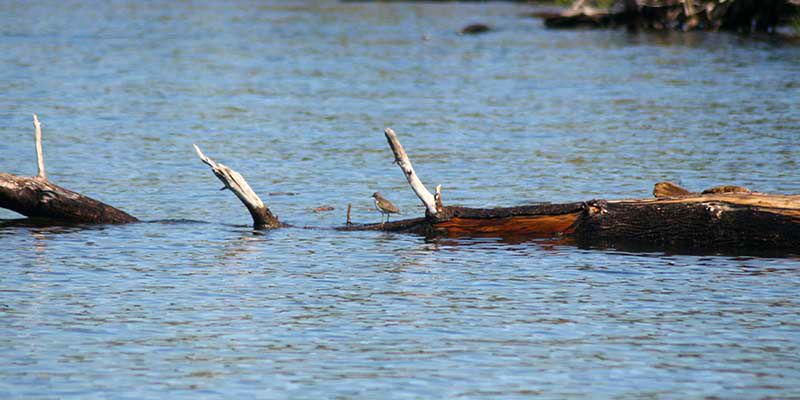
The Spotted Sandpiper is a less common bird that our campus is fortunate enough to provide habitat for. This individual and its mate have been nesting on the riverbank of the Willamette for a few years now (when you are lucky enough to spot them). They are very skittish and shy, but it is so enjoyable to watch them wade through the shallows searching for food with their beaks.
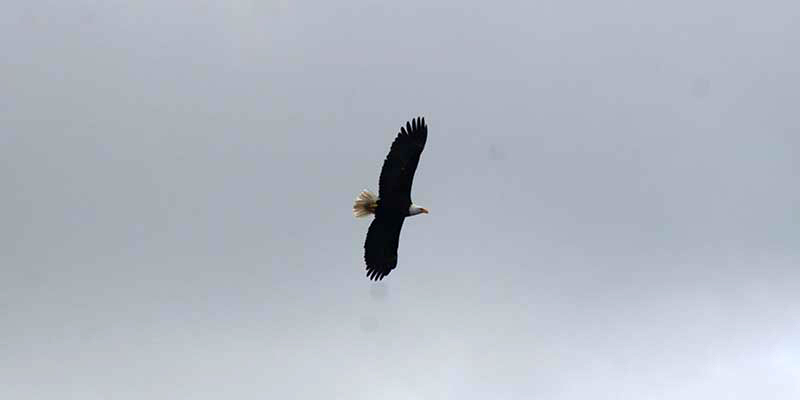
This Bald Eagle was a welcome site whenever it chose to fly over the river. The previous year, a nest was identified in the forest across the river, and both years the pair raised multiple chicks. Although the site of them soaring overhead was frightening for the small birds in the area, the eagles mostly dove for fish to bring back to their nest when we saw them. (They do hunt mammals and birds as well.) This individual is a fully mature adult, as seen by its characteristic white head. Bald Eagle juveniles will not grow their white plumage for a few years and will remain a mottled brown to help them camouflage until they reach full maturity.
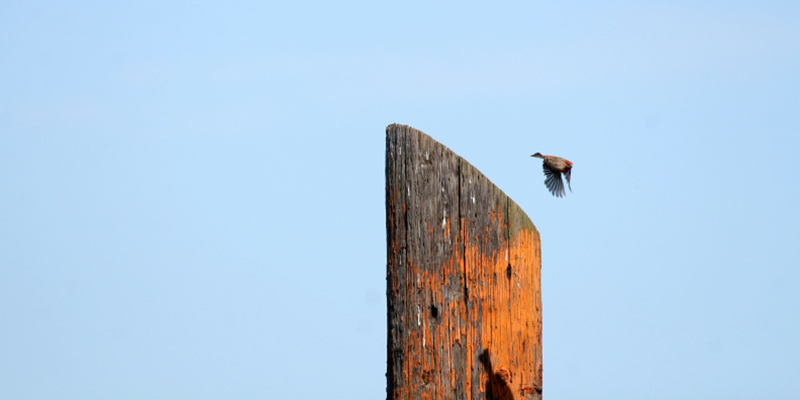
This bird is a male House Finch, characterized by the brick red plumage on his head and throat. The House Finches nested in bushes around the river's edge although they could be seen flying around on the days with nice weather.
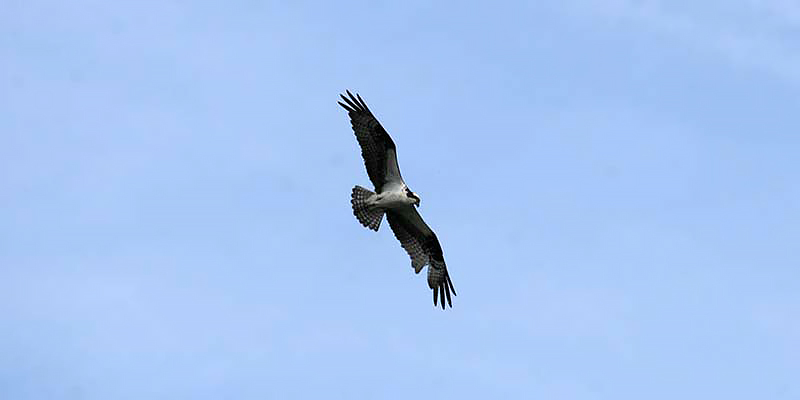
This flying Osprey was a very common site during the summer down at the Franz River Campus. A pair was nesting atop a nearby bridge, and they could be seen hunting for fish almost every day. This species primarily feeds on fish, and they are very good at catching them in their talons. Their characteristic striped black-and-white plumage, as well at their M-shaped wings, make them easy to identify from afar. Up close, you can appreciate their white crest atop their head as well as their striking golden eyes.
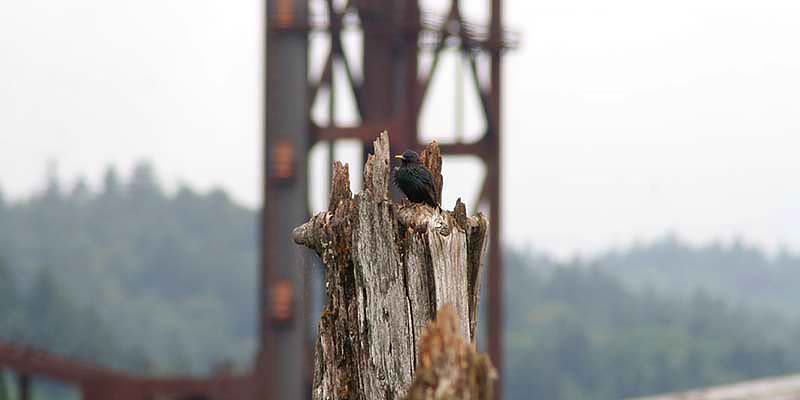
An invasive species in North America, European Starlings are commonly in competition with native birds (such as the Purple Martin) for nesting sites and resources. Here we see one individual who was nesting in a piling down at the River Campus in early summer. Their bright yellow beaks and iridescent plumage are often distinguishing characteristics.